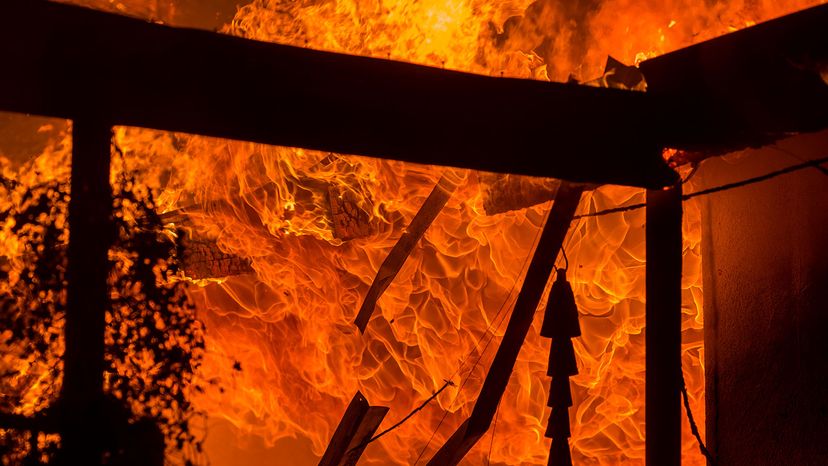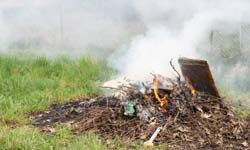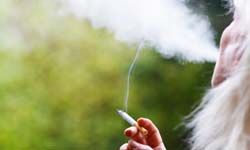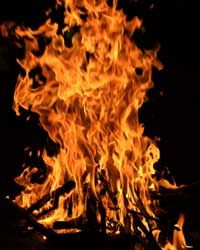
Key Takeaways
- Burning yard waste, though legal with a permit, can lead to wildfires under certain conditions, such as windy weather. Safety measures include checking with the fire department and maintaining a safe, well-prepared burning site.
- Machinery, especially with internal combustion engines, can emit sparks and cause wildfires. Spark arrestors help minimize this risk but cannot prevent all equipment-related fires.
- Unattended campfires, discarded cigarettes and unsupervised children with fire-starting tools are significant human causes of wildfires.
Plenty of natural phenomena can turn the landscape into a blazing inferno and send wildlife racing for safety. Lightning, volcanoes, extreme weather events — all are devastating forces of fiery destruction that can start a conflagration in seconds.
Human activities — such as leaving a campfire unattended, discarding lit cigarettes, debris burning and intentional arson — are among the top causes of wildfires. According to the National Park Service, human-caused wildfires account for over 80 percent of all yearly wildland fires in the United States.
Advertisement
While fire can be fundamental for promoting healthy forest growth, sometimes too much of it is a bad thing, especially when a blaze swells out of control and threatens homes and other important infrastructure. That's where the concept of a wildfire enters the scene. The National Wildfire Coordinating Group defines a wildfire as an "unplanned, unwanted wildland fire" including:
- Unauthorized, human-caused wildland fires
- Escaped, naturally caused wildland fires
- Escaped, prescribed wildland fires
- Other wildland fires that need to be put out
Sometimes wildfires are set intentionally as an act of arson. It's often tricky for authorities to determine whether arson has actually been committed in wildfires.
Here, however, we'll be focusing on the top drivers of human-caused wildfires, which carry catastrophic ecological and economic consequences. Continue reading to find out how to avoid these fiery mistakes, so you can make Smokey Bear proud the next time you head off into the hills.




